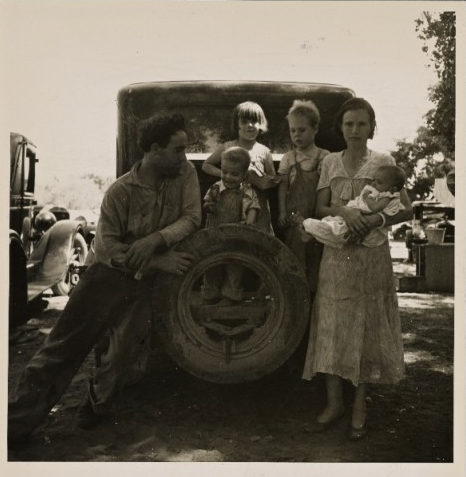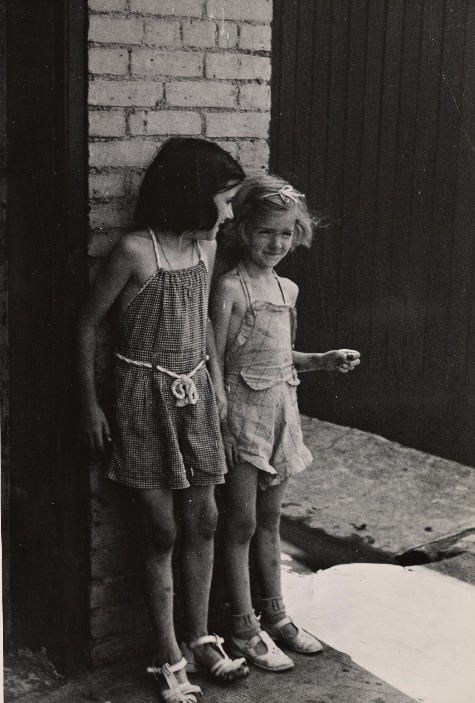The great Irish poet William Butler Yeats was born on this day in 1865. To mark the date we bring you a series of recordings he made for BBC radio in the final decade of his life.
“I’m going to read my poems with great emphasis upon their rhythm,” says Yeats in the first segment, recorded in 1932, “and that may seem strange if you are not used to it. I remember the great English poet William Morris coming in a rage out of some lecture hall, where somebody had recited a passage out of his Sigurd the Volsung. ‘It gave me a devil of a lot of trouble,’ said Morris, ‘to get that thing into verse!’ It gave me a devil of a lot of trouble to get into verse the poems that I am going to read, and that is why I will not read them as if they were prose.”
Yeats made ten radio broadcasts between 1931 and 1937. In the first reading, from 1932, Yeats begins with his famous early poem, “The Lake Isle of Innisfree,” which he once called “my first lyric with anything in its rhythm of my own music. ” He recites his verse in a somber tone that contemporary poet Seamus Heaney once described as an “elevated chant”:
The Lake Isle of Innisfree
I will arise and go now, and go to Innisfree,
And a small cabin build there, of clay and wattles made:
Nine bean-rows will I have there, a hive for the honeybee,
And live alone in the bee-loud glade.
And I shall have some peace there, for peace comes dropping slow,
Dropping from the veils of the morning to where the cricket sings;
There midnight’s all a glimmer, and noon a purple glow,
And evening full of the linnet’s wings.
I will arise and go now, for always night and day
I hear lake water lapping with low sounds by the shore;
While I stand by the roadway, or on the pavements gray,
I hear it in the deep heart’s core.
The next poem was written in 1889, less than a year after “The Lake Isle of Innisfree.” “A couple of miles from Innisfree,” says Yeats, “no, four or five miles from Innisfree, there’s a great rock called Dooney Rock where I had often picnicked when a child. And when in my 24th year I made up a poem about a merry fiddler I called him ‘The Fiddler of Dooney’ in commemoration of that rock and all of those picnics.”
The Fiddler of Dooney
When I play on my fiddle in Dooney,
Folk dance like a wave of the sea;
My cousin is priest in Kilvarnet,
My brother in Moharabuiee.
I passed my brother and cousin:
They read in their books of prayer;
I read in my book of songs
I bought at the Sligo fair.
When we come at the end of time,
To Peter sitting in state,
He will smile on the three old spirits,
But call me first through the gate;
For the good are always the merry,
Save by an evil chance,
And the merry love the fiddle,
And the merry love to dance:
And when the folk there spy me,
They will all come up to me,
With ‘Here is the fiddler of Dooney!’
And dance like a wave of the sea.
The third poem was recorded in March of 1934. It was first published in Yeats’s 1899 anthology, The Wind Among the Reeds, and tells the story of an old and weary peasant woman:
The Song of the Old Mother
I rise in the dawn, and I kneel and blow
Till the seed of the fire flicker and glow;
And then I must scrub and bake and sweep
Till stars are beginning to blink and peep;
And the young lie long and dream in their bed
Of the matching of ribbons for bosom and head,
And their day goes over in idleness,
And they sigh if the wind but lift up a tress:
While I must work because I am old,
And the seed of the fire gets feeble and cold.
The tape ends with a pair of recordings from 1937: another reading of “The Lake Isle of Innisfree,” followed by two stanzas from the 1931 poem “Coole and Ballylee.” (Find the complete six-stanza poem here.) The poem was inspired by the graceful Galway estate of Isabella Augusta, Lady Gregory, a co-founder of the Abbey Theatre. The poem was first published as “Coole Park and Ballylee” in the 1932 volume Words for Music Perhaps and Other Poems, but was shortened to “Coole and Ballylee” in the 1933 edition of The Winding Stair and Other Poems.
Coole and Ballylee (two stanzas)
Another emblem there! That stormy white
But seems a concentration of the sky;
And, like the soul, it sails into the sight
And in the morning’s gone, no man knows why;
And is so lovely that it sets to right
What knowledge or its lack had set awry,
So arrogantly pure, a child might think
It can be murdered with a spot of ink.
Sound of a stick upon the floor, a sound
From somebody that toils from chair to chair;
Beloved books that famous hands have bound,
Old Marble heads, old pictures everywhere;
Great rooms where travelled men and children found
Content or joy; a last inheritor
Where none has reigned that lacked a name and fame
Or out of folly into folly came.
The recordings will be added to the Poetry section in our Free Audio Books collection. You can also listen to a version of these recordings on Spotify below:




